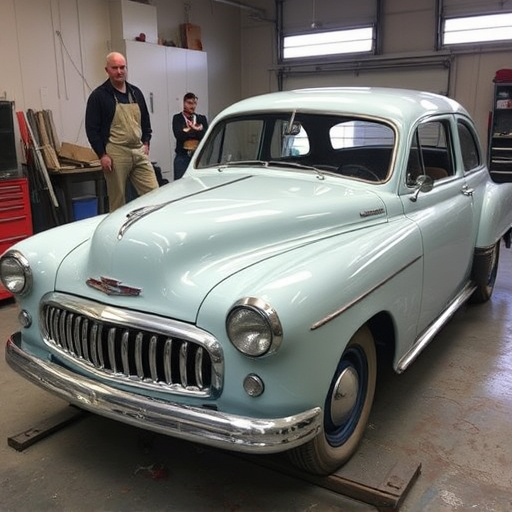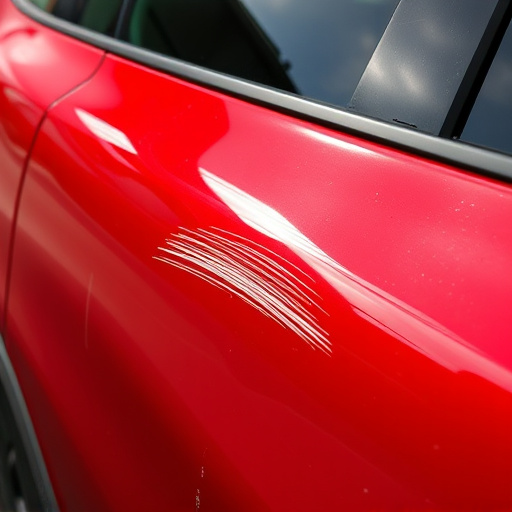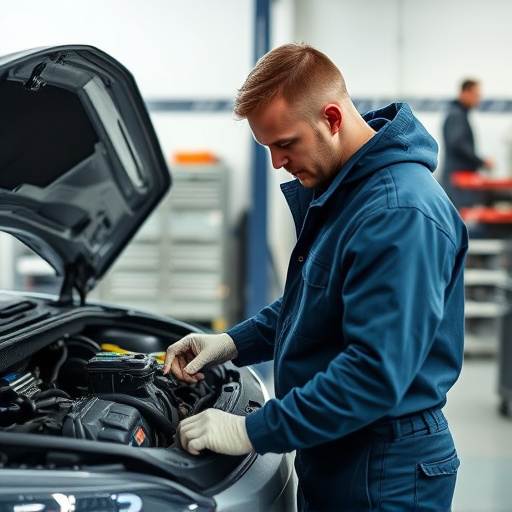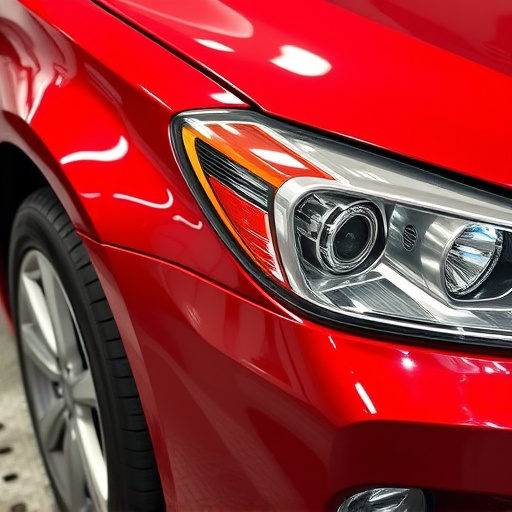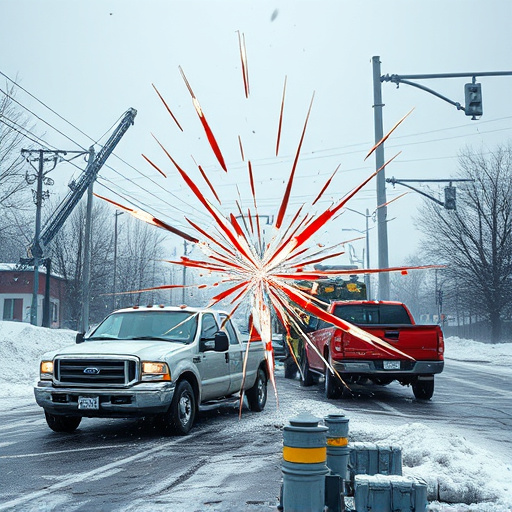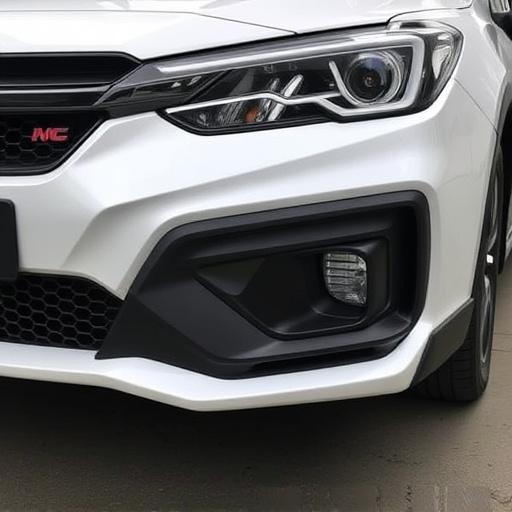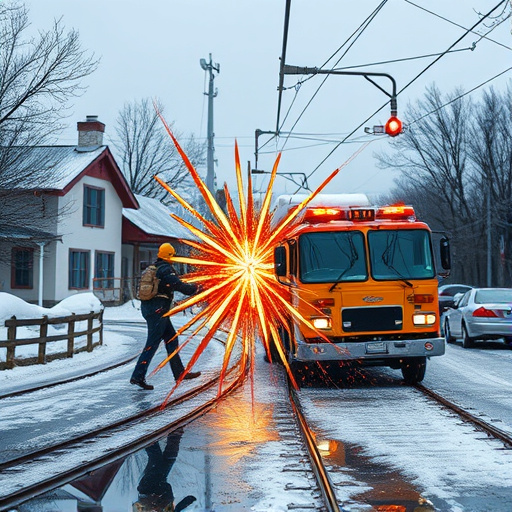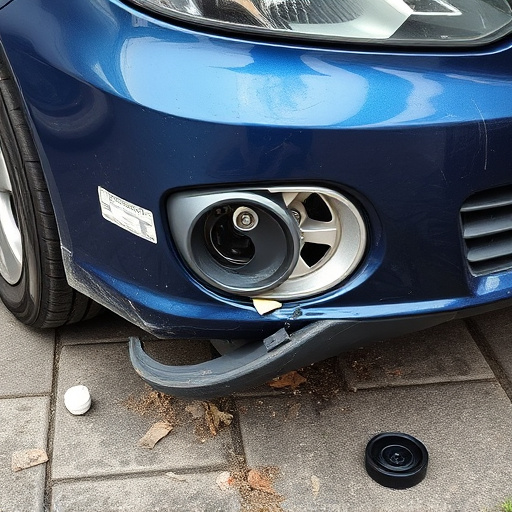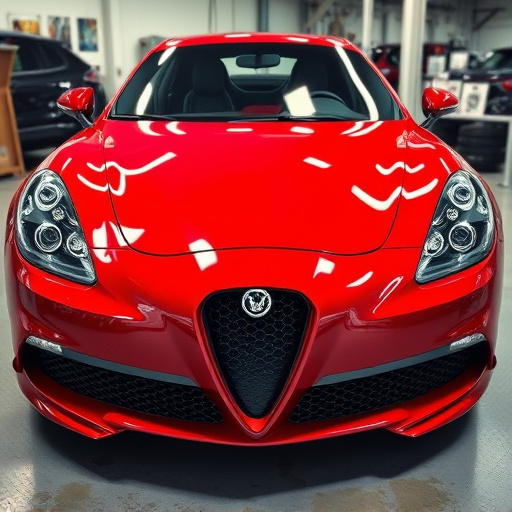Dent repair techniques have evolved from traditional manual methods to incorporate advanced technologies like 3D imaging and robotic arms, revolutionizing collision centers. This hybrid approach combines skilled craftsmanship with modern tools, offering faster turnaround times, superior outcomes, and enhanced durability for various vehicle types. Traditional practices remain vital, ensuring minimal damage scars and maximum structural integrity, while innovations in dent repair continue to set new benchmarks in automotive repair.
In the realm of automotive aesthetics, dent repair techniques have evolved significantly. This article explores a unique fusion of old and new methods in dent repair, offering a comprehensive guide to both traditional practices and modern innovations. From the timeless foundation of manual repairs to the digital revolution, we delve into how combining these approaches yields optimal results, ensuring vehicles restore not just their exterior beauty but also their value. Discover the future of dent repair, rooted in the past.
- Traditional Methods: A Timeless Foundation
- Modern Innovations: The Digital Revolution
- Fusion for Optimal Results: Combining Old and New
Traditional Methods: A Timeless Foundation
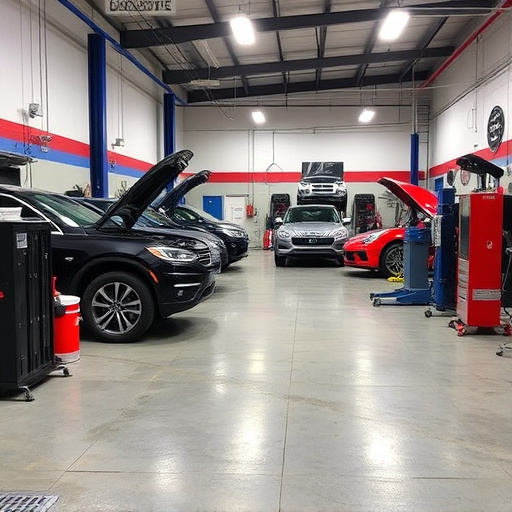
In the realm of dent repair techniques, traditional methods serve as a solid foundation that has withstood the test of time. These age-old practices, honed over decades, are the bedrock upon which modern car damage repair expertise is built. From manual, meticulous hammering and shaping to precise metalworking tools, technicians meticulously restore cars to their original condition. This meticulous approach, often referred to as Mercedes Benz repair when applied to luxury vehicles like those by Daimler AG, ensures minimal scarring and maximum structural integrity.
The beauty of traditional dent repair techniques lies in their versatility, adaptability, and proven track record. Whether it’s a minor dent or significant crumple, these methods provide a robust starting point for restoration. As the industry evolves, incorporating innovative technologies while still preserving this timeless foundation, it ensures that car repair services remain effective, efficient, and affordable for all vehicle types and repairs, from compact economy cars to sleek sports models.
Modern Innovations: The Digital Revolution
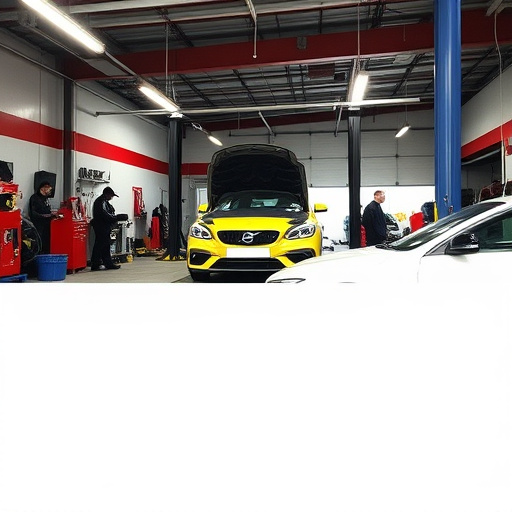
In today’s digital era, dent repair techniques have seen a remarkable transformation with modern innovations leading the way. The automotive industry’s ongoing digital revolution has brought about advanced tools and technologies that are revolutionizing collision centers and auto repair shops worldwide. From sophisticated 3D imaging systems to high-precision robotic arms, these tools enable technicians to achieve unprecedented levels of accuracy and efficiency in dent repair.
Digital solutions also streamline the entire process, from initial assessment using advanced scanning technology to precise measurements and real-time feedback during repairs. This not only reduces the time required for dent removal but also ensures consistent quality across various auto repair shops. As a result, customers benefit from faster turnaround times and superior outcomes, setting new standards in the field of automotive repair.
Fusion for Optimal Results: Combining Old and New
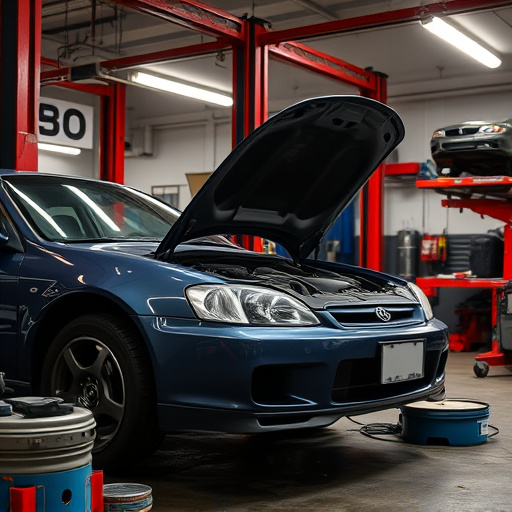
In the realm of dent repair techniques, a fusion of old and new methods is emerging as a game-changer in automotive body shops. This hybrid approach leverages traditional handcrafting skills, honed over decades, alongside cutting-edge technology to achieve optimal results. By combining manual precision with advanced machinery, car paint services are now more efficient and effective than ever before.
The process often begins with meticulous manual repairs, where skilled technicians use time-honored techniques to straighten and reshape the damaged area. This is followed by the application of modern tools and materials, such as computer-aided design (CAD) software and robotic painting systems, to ensure a seamless fusion with the existing car body. This blend of old and new not only revitalizes vehicles but also extends their lifespan, making it a popular choice among those who value both aesthetics and durability in their car body shop repairs.
In conclusion, the evolution of dent repair techniques has bridged the gap between traditional methods and modern innovations. By combining old and new, such as digital imaging and conventional body shop practices, hybrid dent repair offers the best of both worlds—precision and efficiency. This fusion approach ensures optimal results, preserving the integrity and aesthetics of vehicles while keeping up with the demands of today’s advanced automotive industry. As technology continues to advance, these hybrid techniques will undoubtedly play a pivotal role in shaping the future of dent repair.
